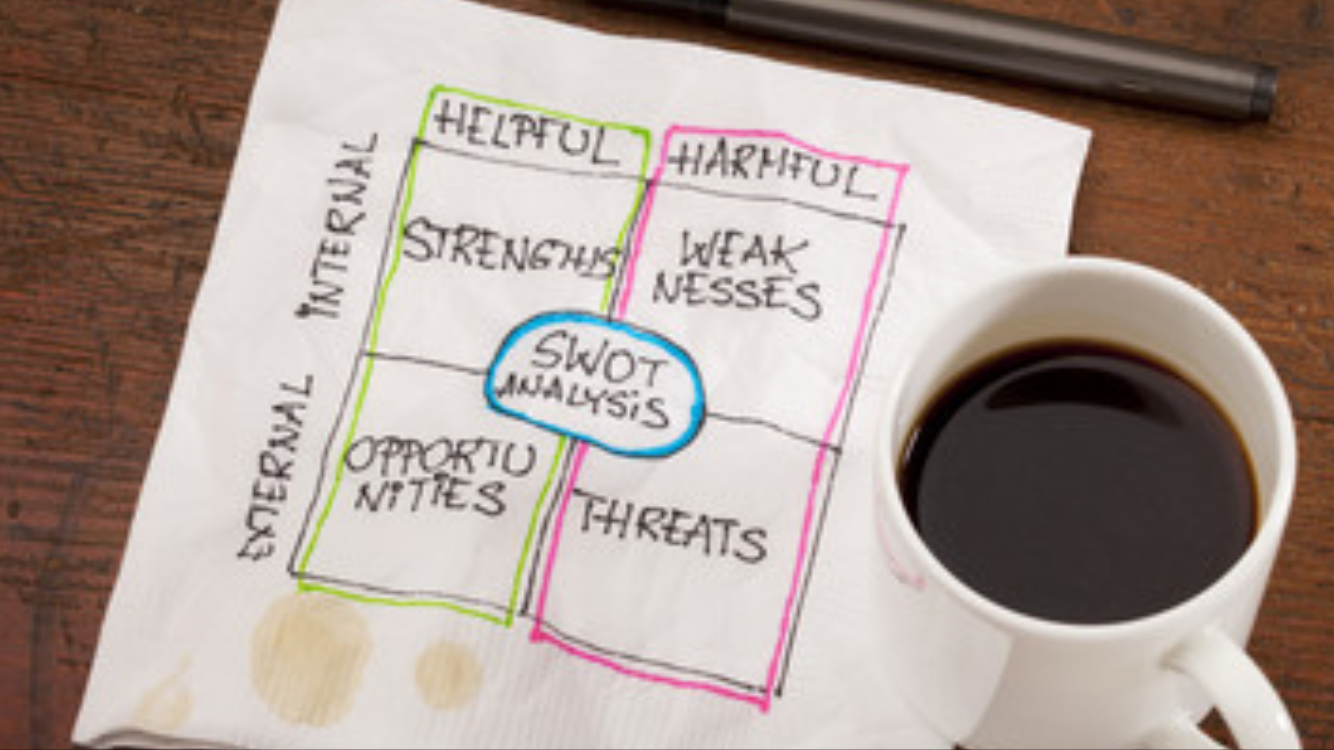What we might call the “traditional” form of strategic thinking was central to the cause of innovation for a long time. We can easily sum up such an approach by recalling one of the business sphere’s most well-worn acronyms: SWOT – strengths, weakness, opportunities and threats.
You know the drill. An organisation looks at its own strengths and weaknesses, assesses the external opportunities and threats it faces, gathers together all the resulting information and plots a course accordingly. It’s an adversarial, military-based model that revolves around analysis and rational planning, and for many years the managers of corporate multinationals made pretty good use of it.
But times have changed. The landscape has altered dramatically since the global financial crisis, and innovation is no longer dominated by the sprawling leviathans that once reigned supreme. Many of the new masters of innovation are smaller and more fleet-footed enterprises that work in commendably unfamiliar ways.
This is because the SWOT methodology counts for precious little in a world in which the slow and the predictable have given way to the fast-moving and the uncertain. Unable to deal with the sheer pace and capriciousness that have come to characterise both internal and external environments, the model falls apart. And arguably its biggest failing is that it relies too heavily on conventional wisdom.
This point has been illustrated on many occasions, including before the seismic events of 2007 and 2008, but nobody paid much attention to the lessons that were there to be learned. By way of illustration, let’s cast our collective mind back to one of the most bitter academic disputes of recent vintage.
In 1968 American biologist Paul R Ehrlich published The Population Bomb. It caused quite a stir, to say the least. Like Thomas Malthus’s An Essay on the Principle of Population, it raised the spectre of a future in which demand would inevitably and irrevocably outstrip supply. Ehrlich warned: “The battle to feed all of humanity is over. In the 1970s… hundreds of millions of people are going to starve to death, in spite of any crash programmes embarked upon now.”
This no-holds-barred prophecy of doom piqued the interest of economist Julian Simon and led to a famous wager. In 1980, banking on a critical depletion of resources, Ehrlich bet that the prices of copper, chrome, nickel, tin and tungsten would go up over the course of the next decade; Simon bet they would fall. The winner would pocket $10,000.
And the winner was… Simon. The prices of those five metals did go up at first, but in the end, overall, they went down. The pair were still rowing about the affair years later, with Ehrlich offering all sorts of reasons to undermine his rival’s triumph, but history records that Simon pocketed the cash. So what did he appreciate that Ehrlich didn’t?
It seems Ehrlich made the same mistake that Malthus had made almost two centuries earlier: he didn’t take into account innovation’s ability to keep us ahead of the curve. The initial rise in the prices of copper, chrome, nickel, tin and tungsten encouraged innovators to come up with groundbreaking ideas that eventually helped values to tumble again. It was very much a question of opportunities and threats, per the SWOT model, but conventional wisdom simply couldn’t predict the ingenuity of the creative responses that arose.
The reality, even more so now than when Ehrlich and Simon were trading intellectual blows, is that genuine innovations seldom emerge from historical data or accepted thinking. There may well have been a time when defaulting to largely familiar decisions and concepts based on a combination of SWOT analysis, experience and even instinct was sufficient to keep the corporate wheel turning, but such obsolete rules of engagement are now woefully – and perhaps even dangerously – inadequate.
In the face of unstable political and economic systems, ever-shifting consumer demands and near-relentless technological disruption, innovation is increasingly likely to stem from an altogether different strategy. What’s required today is an approach that looks beyond the appeal of quick fixes and one-dimensional conclusions and places a much greater emphasis on ingenuity and creative problem-solving.
Unlike the SWOT-driven, risk-averse, lumbering goliaths of old, the individuals and companies that now set the pace recognise that solutions can be radical as well as incremental. Maybe most importantly of all, they also acknowledge that the best and most transformative answers may very well lie a long way beyond the cosy confines of existing practice.
Simon Mosey is a Professor of Entrepreneurship and Innovation at Nottingham University Business School, Director of its Haydn Green Institute for Innovation and Entrepreneurship (HGIIE) and co-author of ‘Building an Entrepreneurial Organisation’.






